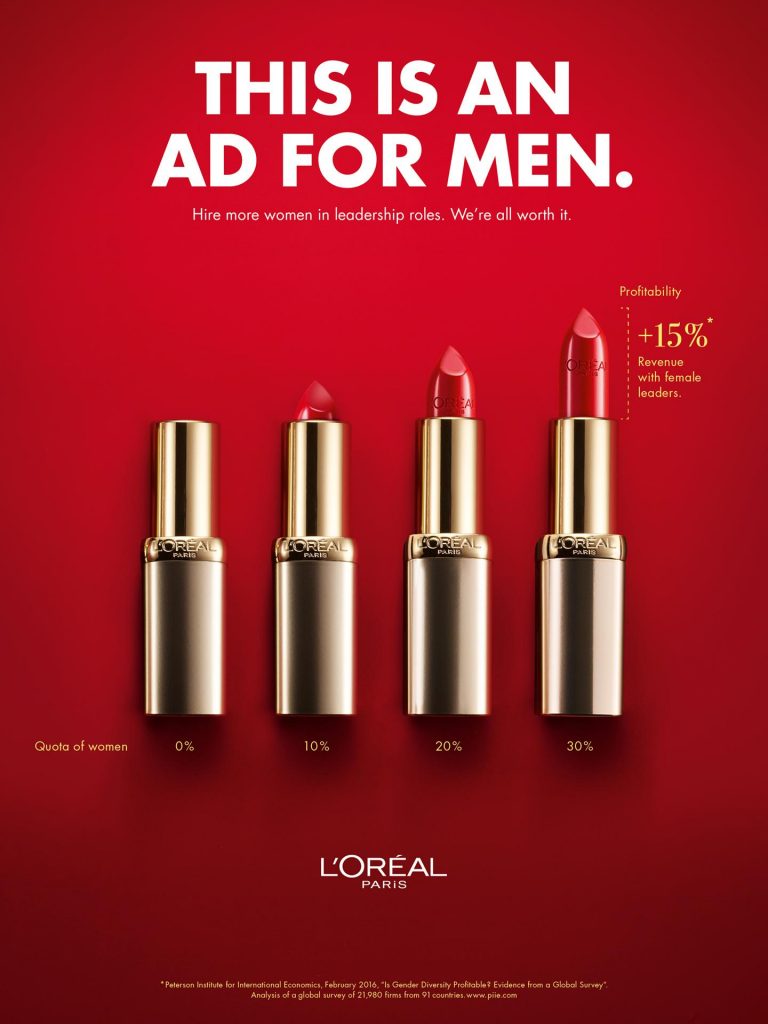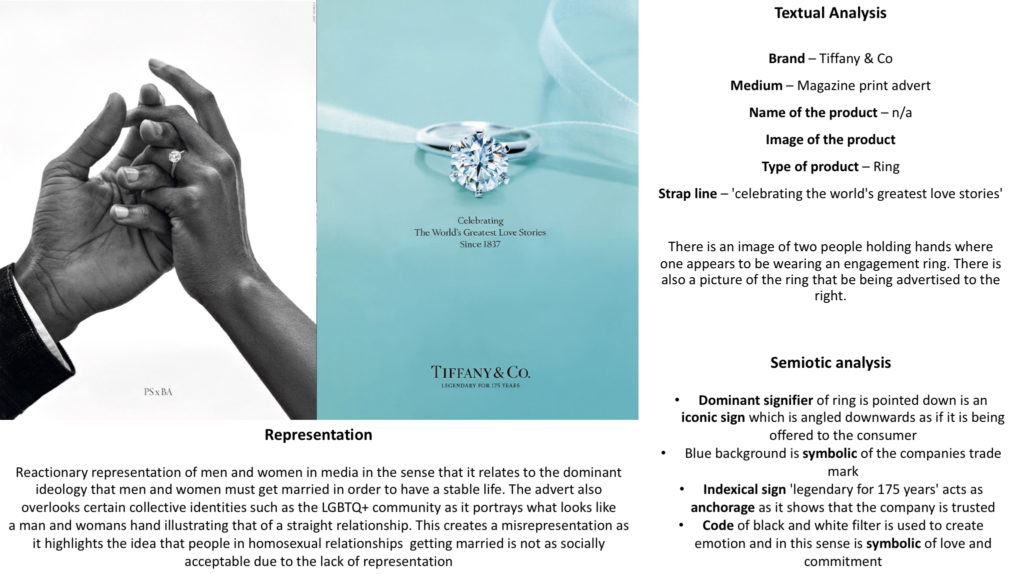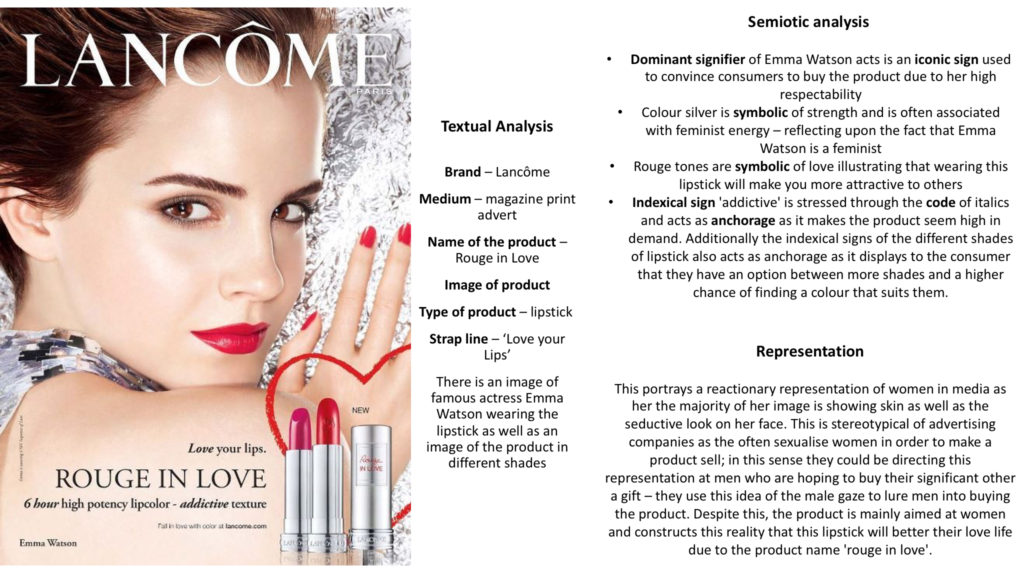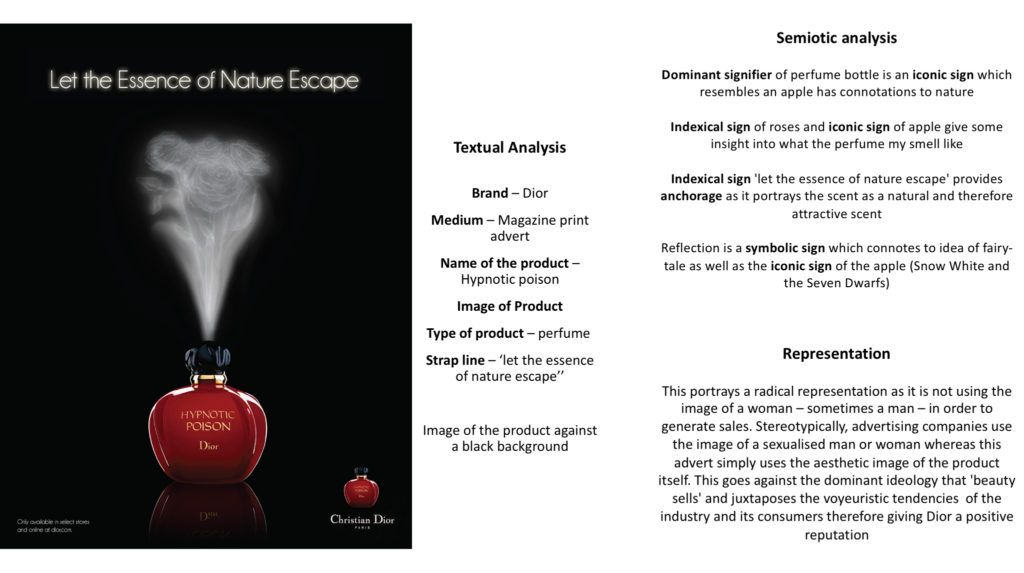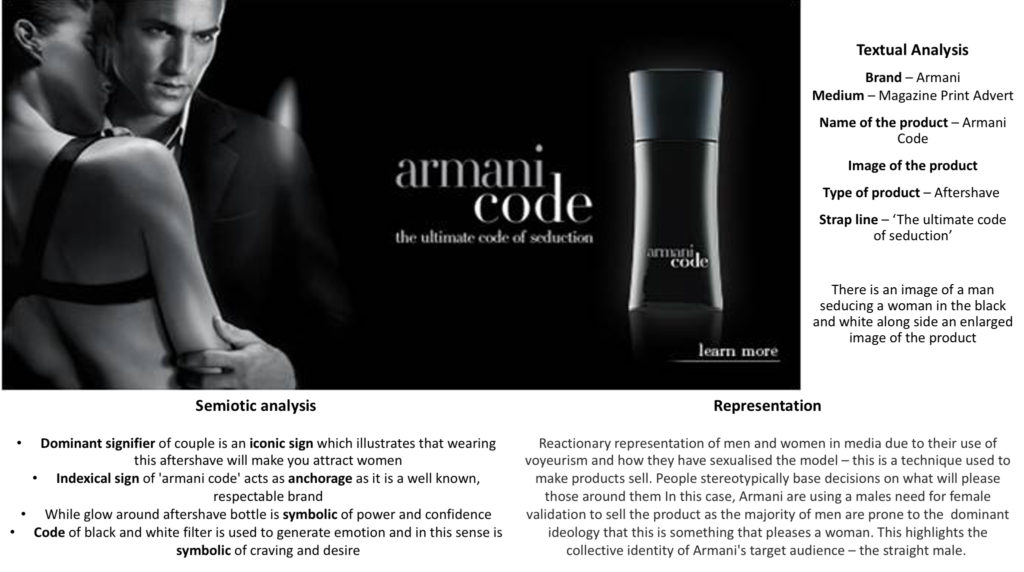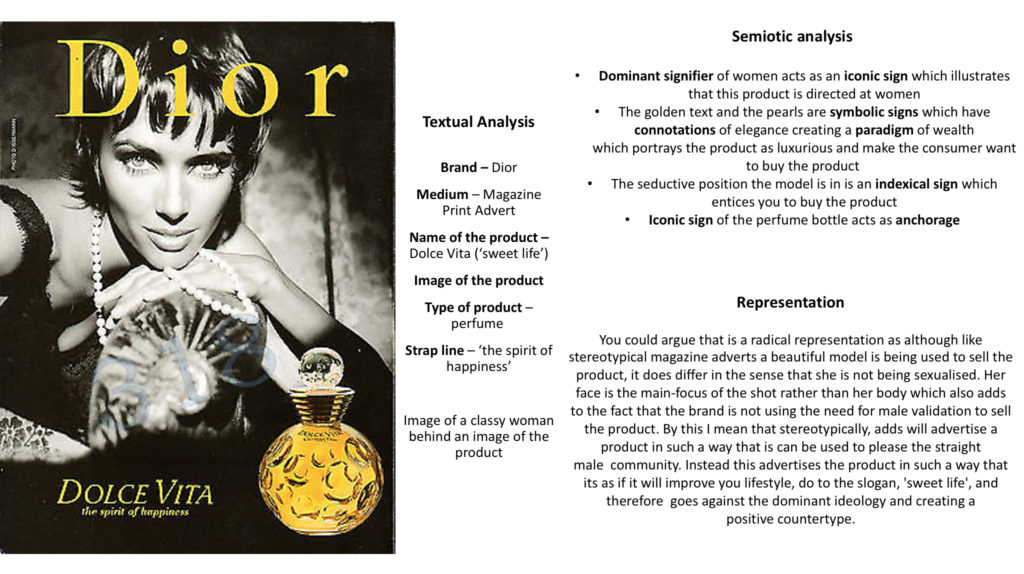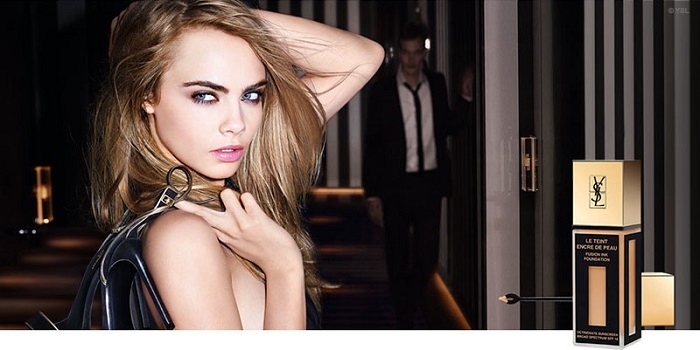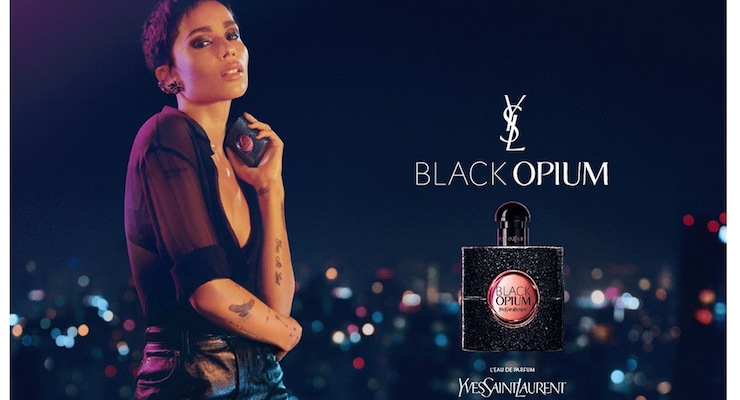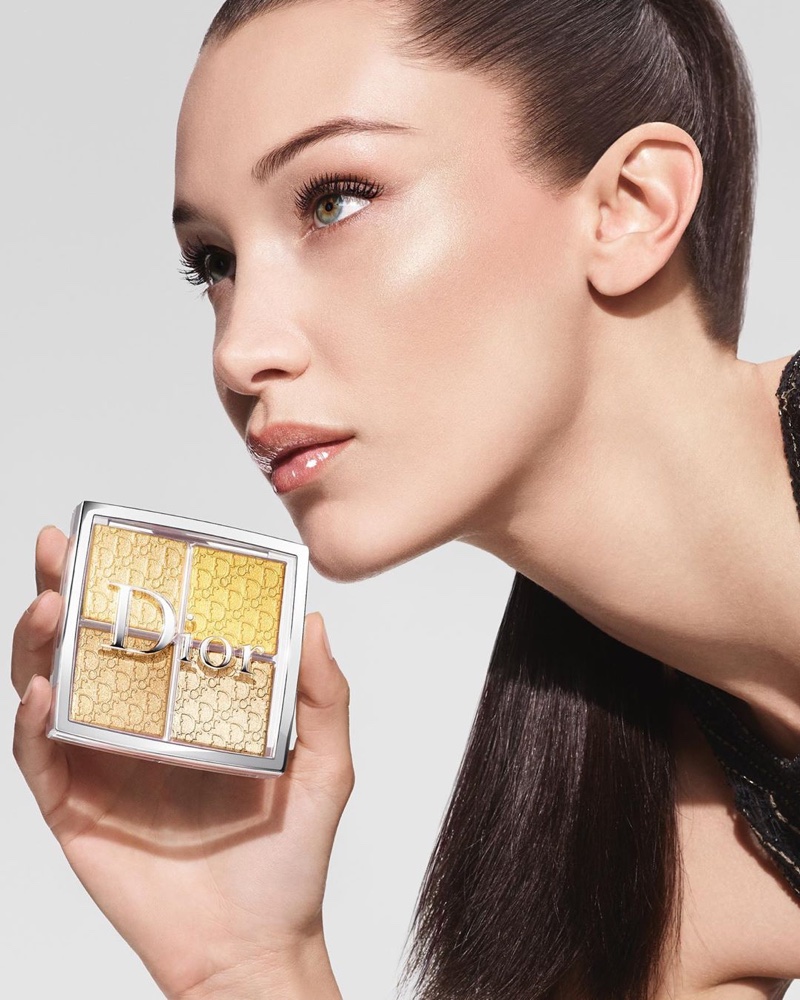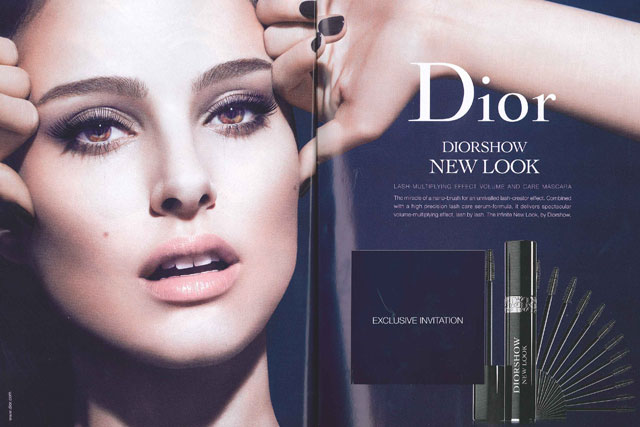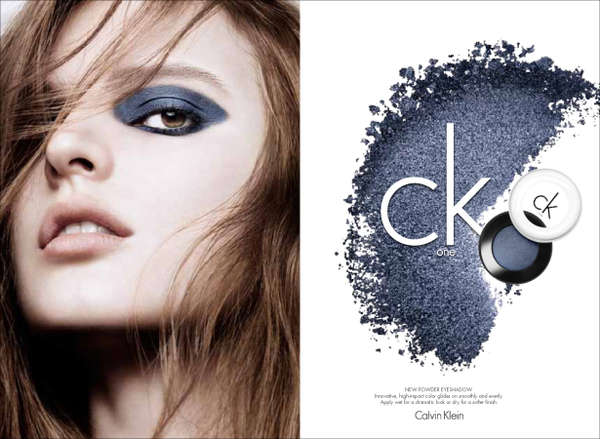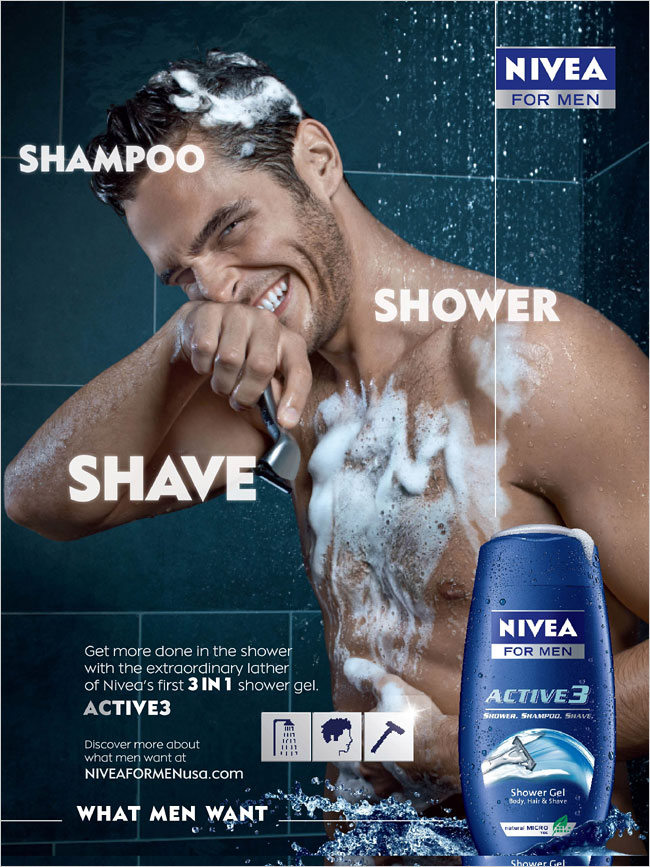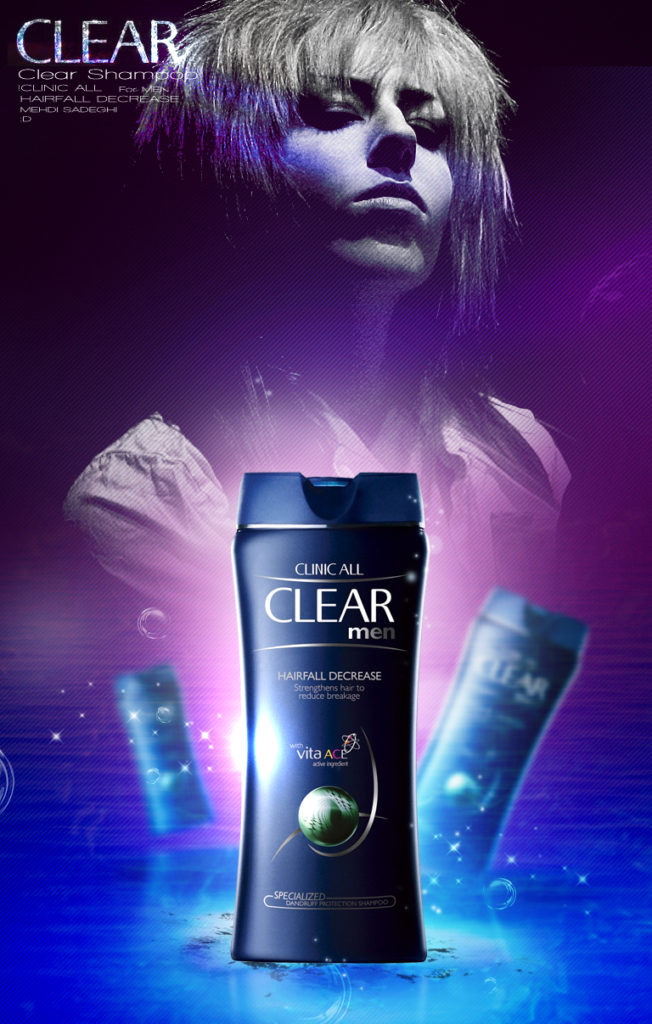Paco Rabanne Olympea advert:
Textual analysis – Iconic sign is the perfume, dominant signifier is the two models
Semiotic analysis – The advert shows a reactionary representation around masculinity, with the dominant signifier appearing confident and happy, appealing to the idea of the “Cool Man”.
Representational analysis – The models in the advert relate to the idea of patriarchy due to the man being above the woman representing the stereotype of men being better. The advert seems to target younger men and woman that want to be confident with themselves by using this perfume.
Calvin Klein Eternity advert:
Textual analysis – iconic sign is the perfume, dominant signifies are the two models that seem to be together
Semiotic analysis – the advert shows the dominant signifies who try to represent that when the perfume is used you can attract a partner easier. The two models both seem confident and happy which represents what this perfume is presented to do.
Representational analysis – The advert is reactionary in that it follows the stereotype of men using cosmetic products in order to appear more positive and powerful than they are in reality.
Dyson Vacuum advert:
Textual analysis – iconic sign and dominant signifier is the vacuum. A slogan is seen saying “Our vacuums suck but in a good way” in a basic font.
Semiotic analysis – the advert presents the dominant signifier (vacuum) through a very basic advert which could mean to the customers that the vacuum and very easy and understandable to use. The use of the slogan could prevent customers from buying he product due to it sounding slightly sexual to some viewers.

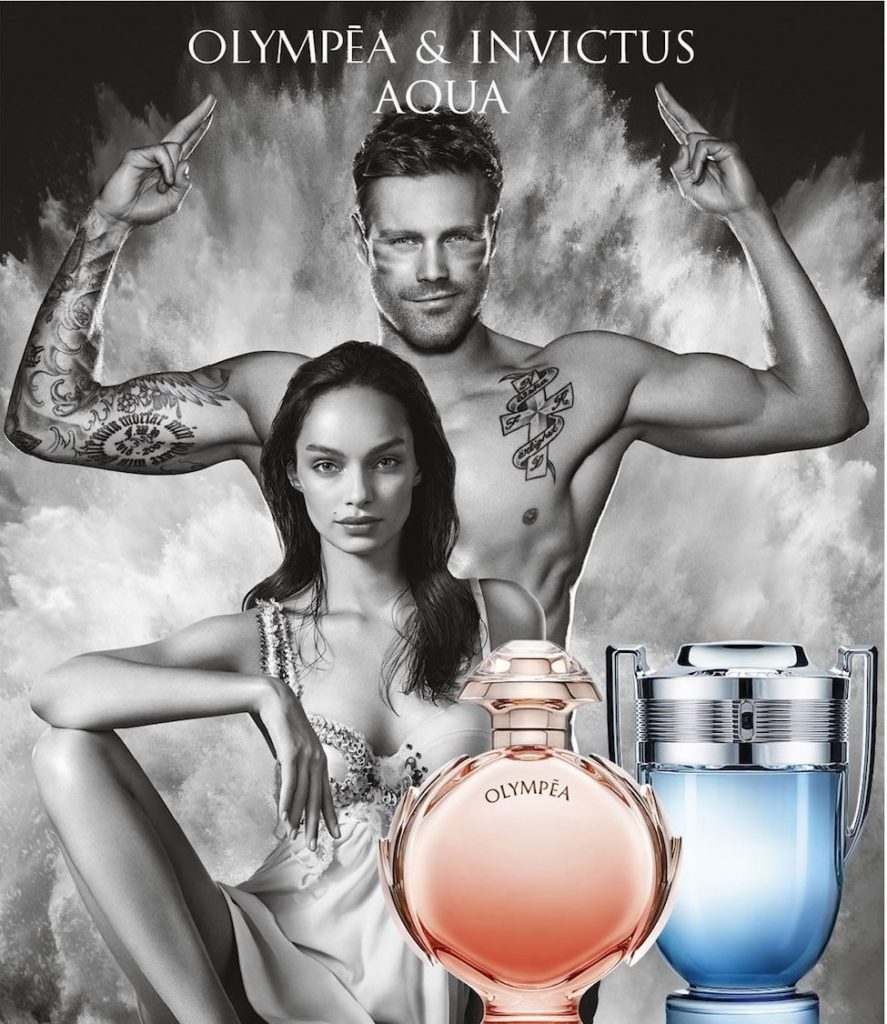
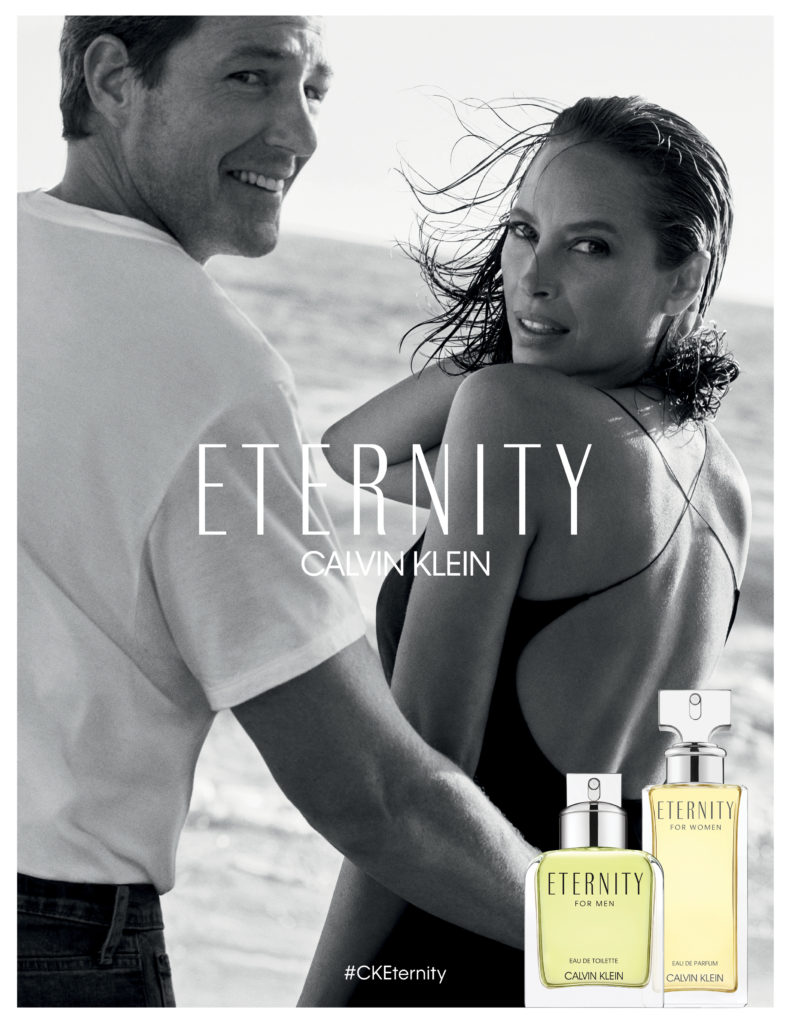
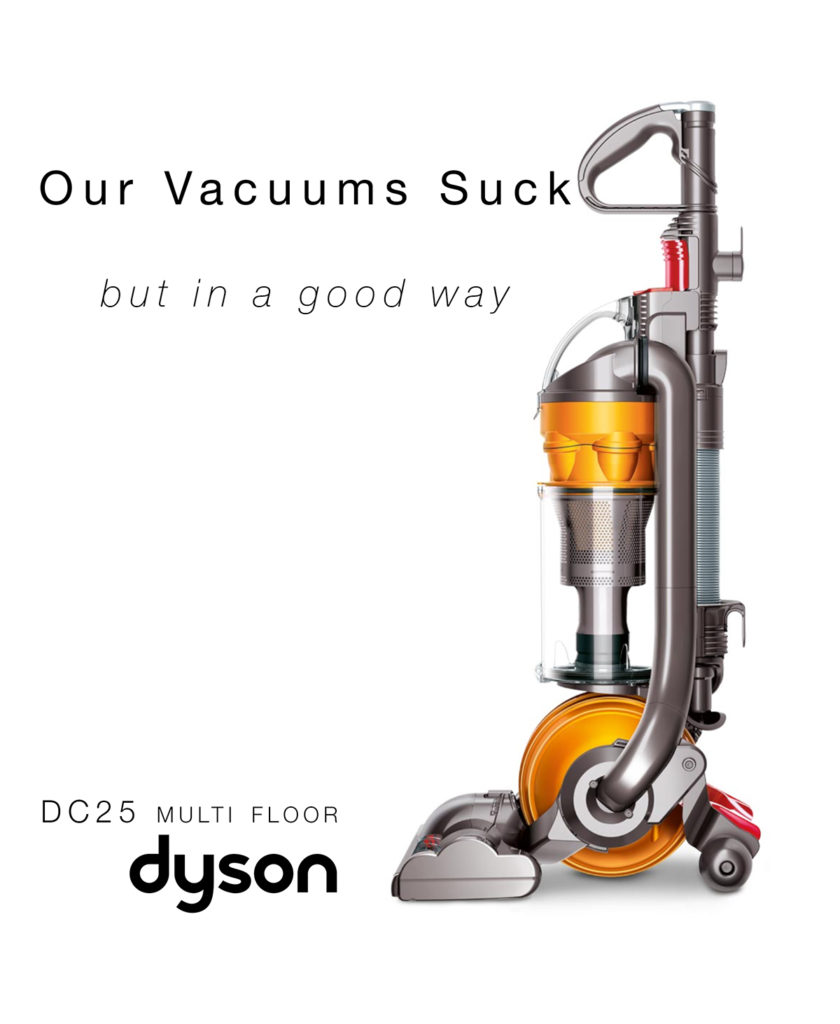

![PDF] Gendered adverts: an analysis of female and male images in contemporary perfume ads | Semantic Scholar](https://d3i71xaburhd42.cloudfront.net/25b48ce9f0dc5c5577e7a432dfe8698e1da94022/7-Figure10-1.png)





